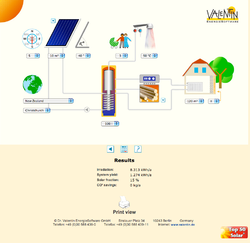I have gleaned from this forum that most think more storage is better than not enough but just wondering if there is a limit to the size and if you can have too much storage?
I am looking to install a 50KW ETA Gasification boiler with storage that will also be fed by solar panels and wondering just how large a tank to build.
Thanks in advance
Regards Philip
I am looking to install a 50KW ETA Gasification boiler with storage that will also be fed by solar panels and wondering just how large a tank to build.
Thanks in advance
Regards Philip


